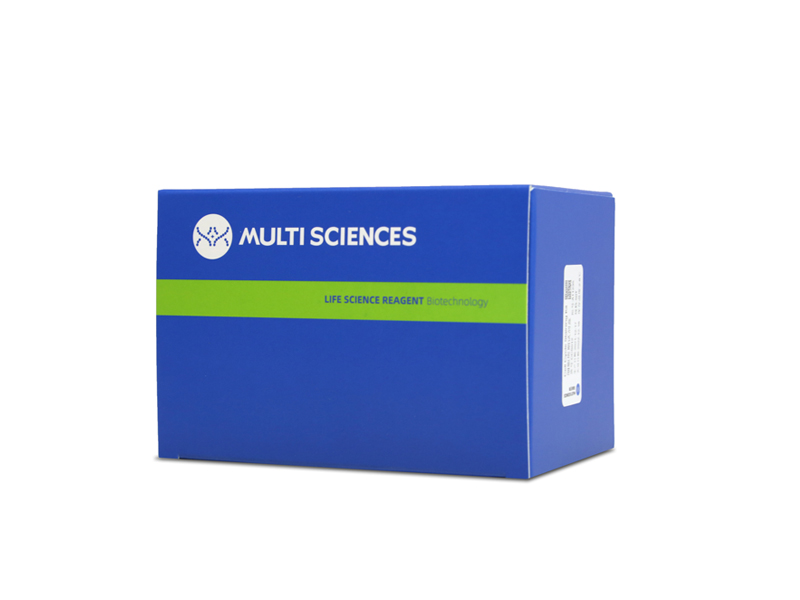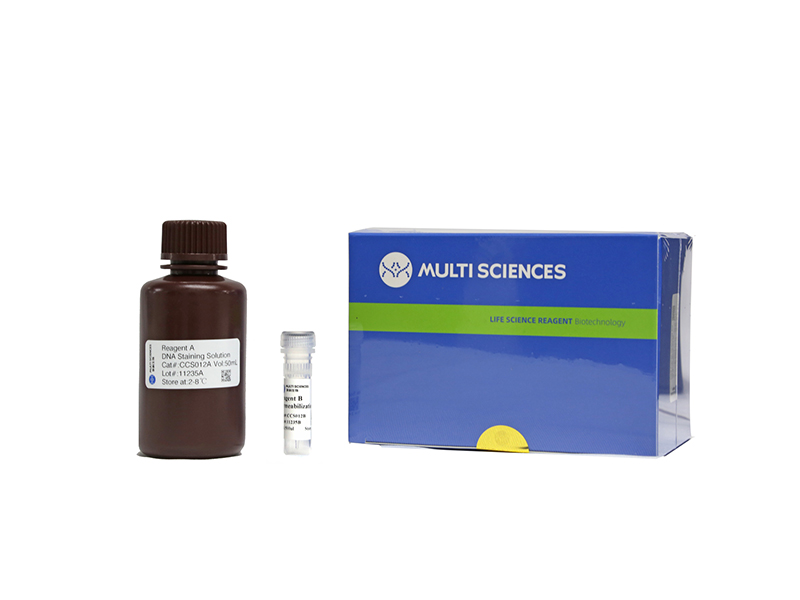Heat-shock protein (Hsp) 70, known as a pro-survival protein, is aberrantly expressed in several malignancies. The small molecule 2-phenylethyenesulfonamide (PES), also referred to as pifithrin-μ, is known as an HSP70 inhibitor, which exhibits antitumor activities in a variety of cancer cell lines. However, little is known about its effect on non-small cell lung cancer (NSCLC) cell lines. This study aimed to investigate the effect of PES on human NSCLC cell lines A549 and H460, and explore the possible underlying mechanism of action. Cell viability assay by using CCK-8 kits was performed to demonstrate that PES dose- and time-dependently inhibited proliferation of A549 and H460 cells. Wound healing assay and Transwell migration assay results indicated that PES inhibited cell migration of A549 and H460 cells. Flow cytometry results demonstrated that PES resulted in G0/G1 phase cell cycle arrest, and induced apoptosis via a caspase-dependent manner in A549 and H460 cells. Western blotting results suggested that phosphorylation of AKT and ERK was inhibited by PES treatment. In addition, death receptor 4 (DR4) and DR5 were increased by PES treatment. Overexpression of Hsp70 in A549 cells attenuated the growth inhibitory efficiency of PES. Knockdown of Hsp70 in A549 cells enhanced sensitivity of PES to cell growth inhibition, suggesting that the inhibitory effect of PES on cell proliferation is specifically through Hspdependent mechanism. PES and tumor necrosis factor-related apoptosis-inducing ligand (TRAIL) exerts a potent synergistic effect on cell proliferation inhibition and induction of apoptosis in A549 and H460 cells. In a mouse xenograft model of lung cancer by A549 cells, PES treatment displayed significant inhibitory effects on tumor growth. All these findings suggest that PES shows antitumor activity against human NSCLC in vitro and in vivo, and therefore may be a promising agent for use to the treatment of NSCLC.
文章引用产品
-
-
- CCS012
- 周期试剂盒
Cell Cycle Staining Kit 细胞周期检测试剂盒
-
¥390.00
-
- CCS012
- 周期试剂盒
Cell Cycle Staining Kit 细胞周期检测试剂盒
- ¥390.00



